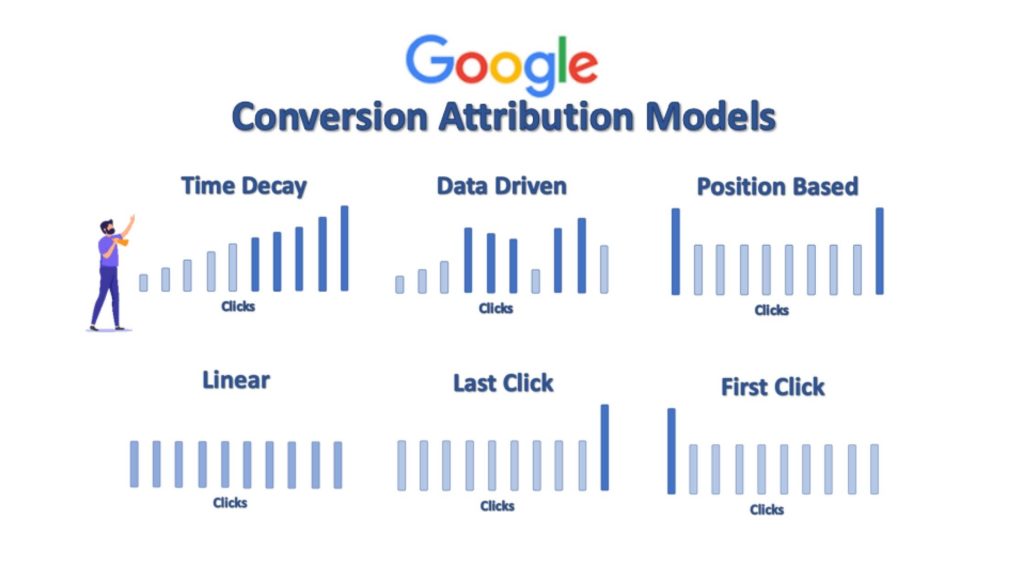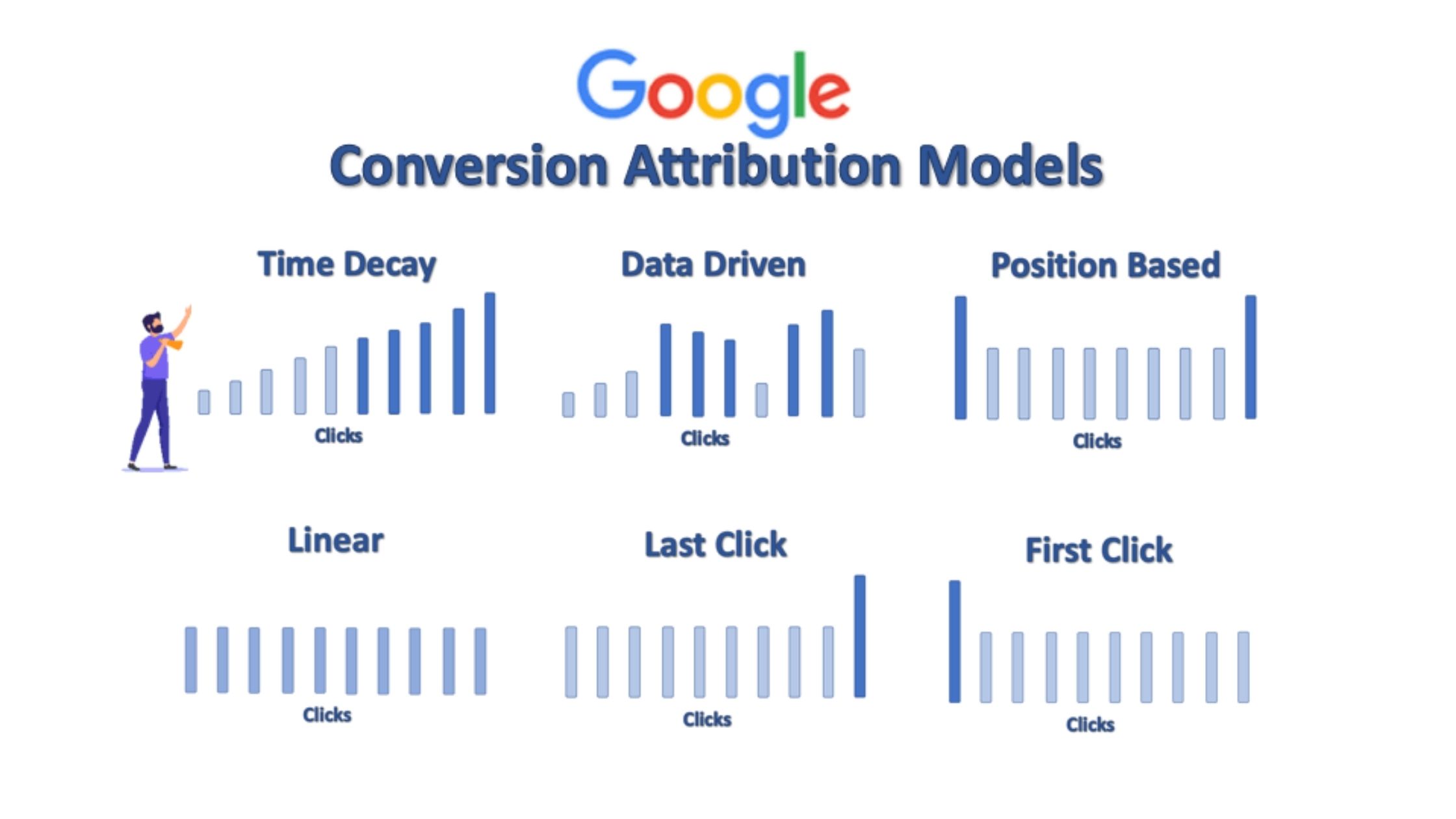In one of our last blogs, we reported that Google had upgraded the functionality of GA4 properties to include data-driven attribution. We explained why this was great news for GA4 users.
But what about GA3 users? Many digital marketers are still using the older Universal Analytics (or GA3) properties, due to features that still aren’t available within GA4, such as the ability to associate your GA4 property with your domain’s Search Console account.
So have Google introduced data-driven attribution in GA3? They have, but there’s a catch – to access data-driven attribution in GA3, you need a lot of traffic, and a lot of conversions. Specifically, you need to be recording at least 600 conversions in any 30-day period.
It’s unlikely that Google are going to change this data requirement, as they continue to push new users towards the rapidly improving, shinier GA4.
Savvy marketers are still setting up both GA3 and GA4 properties, capturing data simultaneously so that when the sun finally sets on GA3, the GA4 property will have several years’ worth of data already accrued.
For now, though, marketers working in GA3 need to be on friendly terms with the classic rules-based attribution models.
What are rules-based attribution models?
Attribution models are used by marketers to decide how much credit each of their marketing channels or ‘touchpoints’ should receive for a sale or ‘conversion’. Rules-based attribution models divide the credit between the touchpoints using formulas based on ideas about which touchpoints have the most effect.

Last click attribution.
In last-click attribution models, the only touchpoint to receive any credit is the last click before the user arrives at your site and converts. Pros – gives a quick, clear picture of which touchpoints are enabling the buyer at the moment of conversion. Useful for campaigns with fewer channels. Cons – provides little insight into ‘top of the funnel activity’ or the psychology of the user.
First click attribution.
This model attributes the credit for the conversion to the first touchpoint the user engaged with. Useful for campaigns with fewer channels. Pros – a great way to measure the effectiveness of demand generation/brand awareness activities at the top of the funnel. Cons – gives little insight into the overall buyer journey.
U-shaped/position-based attribution.
Combining the logic of the previous two models, position-based attribution gives 40% of the credit to the first and last touchpoints, and then divides the remaining 20% between any touchpoints the user interacted with in between the first and last. Pros – depending on your industry, this can be a highly effective way to understand how your touchpoints are performing. If you’re confident in how clearly you’ve defined your top and bottom of the funnel activity, then this is the model that will validate your assumptions. Cons – the numbers are so heavily skewed; it can be hard to assess any unexpected challenges to your assumptions.
Linear attribution.
This model attributes credit to each touchpoint along the buying journey. Pros – a good way to spot at a glance which touchpoints are underperforming. If they don’t have much credit here, they aren’t featuring in as many buying journeys. Cons – this model doesn’t take into account the relative values to the business of each touchpoint. Is a social ad view as valuable as a lead-magnet download?
Time-decay attribution.
Expands on the last click principle, assuming that the credit for a conversion should be attributed to the most recent clicks. The more recent the click, the greater the credit. Pros – Allows you to focus on your top converting touchpoints. Cons – it makes it trickier to recognise a high performing touchpoint at the top of the funnel, even if that touchpoint provides the motivation for the entire buying journey.
How do I choose the best attribution model?
Length of sales cycle. For shorter buying journeys, a first or last click attribution model may provide a clearer picture. For longer buying journeys a multi-touch attribution model would be more useful.
Analytical purpose. Different models yield different kinds of data. If your focus is on audience behaviour, and trying to understand how users are responding to your campaigns, then linear attribution can provide insights into how customers interact with your brand. If you intend to learn more about conversions, then a time-decay attribution model will help you understand your touchpoints in relation to that end goal.
Business goals. Our analytical purpose is often determined by what we want to achieve. If we need a growth strategy, to increase brand awareness, then a first click attribution model will provide the data that best reflects your progress against your goals. If you need to increase the efficiency of your current marketing strategy, you would be well served by last click based attribution.
Here at Call360, we work with clients to integrate call tracking and conversation intelligence into their tech stack, supercharging any attribution model. If you want to see how it works, get in touch today for a free demo.



